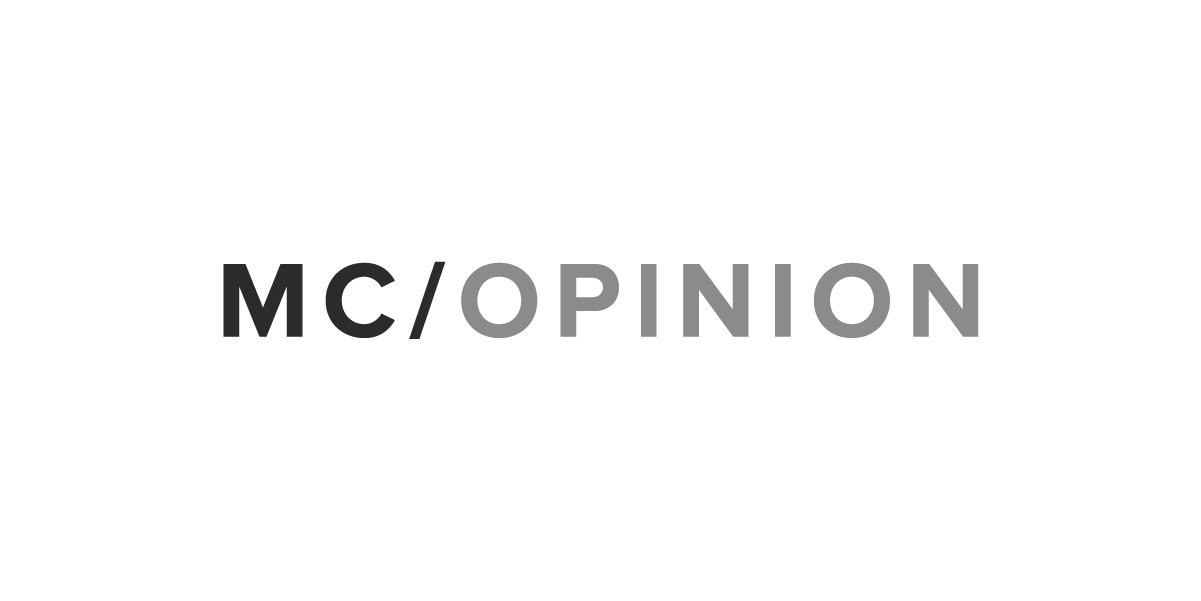Much of the debate over changes to the Affordable Care Act has rightly highlighted the potential adverse impact on chronically ill people, especially those diagnosed with cancer, autoimmune disorders and rare diseases. Yet all of the proposed reforms will leave intact, and indeed strengthen, provisions of the ACA that impose a disproportionate share of cost of health care on the people who are the sickest and can least afford it.
The problem is not malice but a misunderstanding about the role innovation plays in making health care affordable and effective. At a recent Washington, D.C. conference (co-sponsored by the Center for Medicine in the Public Interest and the National Community Pharmacists Association), Dr. A. Mark Fendrick (director, Center for Value-Based Insurance Design at the University of Michigan) lamented that, “The biggest myth in Washington is that people believe that the improvement of high quality health care actually will lower health care costs. They hardly ever do. Living longer, better lives is something we should invest in. We have to change the health care conversation from how much we spend to how well we spend it.”
This myth is significantly shaped by the constant carping about prescription drug costs. Both parties seem to agree that the way to control drug costs is to increase cash rebates from drug companies, increase patient cost sharing and add more barriers to access.
This is doubling down on one of the most discriminatory features of our health care system: a prescription drug benefit design that maximizes profits but not health.
Under the ACA, all health plans must cover at least one type of every drug for every disease and condition. Plans can decide what drugs to offer and how much to charge. That compilation of medicines (the list of drugs your health plan offers, called a formulary) is developed by pharmacy benefit managers. The bad news is that these formularies aren’t designed to maximize positive clinical outcomes, but to increase PBM profitability.
As a study by economist Michael Geruso concludes, PBMs and health plans “use formulary benefit design — the arrangement of prescription drug coverage into various cost-sharing tiers — to screen out unprofitable patients by offering poor coverage for certain medications.”
Geruso looked at every health plan offered under the ACA (not including Medicaid) and found that “for the few therapeutic classes of drugs with the strongest insurer incentives to avoid the corresponding patients, drugs were 50 percent more likely to be placed on a specialty tier, relative to the same drugs in employer plans, where the patient avoidance incentives do not exist.”
In fact, individuals with Medicare and employer sponsored plans with people with cancer, HIV, hepatitis C, autoimmune conditions, multiple sclerosis and rare diseases are also much more likely to have to pay up to 40 percent of the retail price of a medicine. They comprise about 2 percent all insured consumers – 4.4 million people — and less than 2 percent of all. They also generate about 25 percent of all health care spending and – most important — about 39 percent of all spending on medicines.
In 2016, $450 billion was spent on prescription drugs (before rebates and discounts). Over $130 billion of that amount was spent on specialty medicines which in turn generated $35.6 billion in rebates from that two percent of patients.
PBMs claim that the rebates are reflected in lower co-pays for drugs. According to government health expenditure data, Americans were charged $46.6 million in out of pocket drug costs or about 9 percent of all retail drug spending. Since 2 percent of all patients use specialty drugs, it follows that they were also responsible for $15 billion in out of pocket costs ($46.6 billion x .32).
In fact, such individuals pay a share or the full amount of the retail price of specialty drugs. A recent IMS study found that “specialty prescriptions are set based on list prices 34% of the time and that accounts for 91% of out-of-pocket spending by patients.”
Together the sickest 2 percent generated over $50 billion in rebates and cost sharing last year.
PBMs and plans protest that they have no choice because the price of medicines keeps rising. However, the net price of medicines has been falling for the past seven years (the PBMs and plans pocket the spread.) And studies show that eliminating cost sharing would add little to monthly premiums.
The combination of withholding rebates and retail price-based cost sharing – in addition to other ways PBMs (on behalf of insurers) use to reduce access – discourages a large percent of people from simply not picking up prescriptions or refilling them. Abandonment and reduced use of medicines is associated with higher health care costs and increased sickness.
Money now pocketed by PBMs and plans in the form of rebates could be used to reduce cost sharing for the most valuable treatments for each patient. Dr. Fendrick has developed a new way to provide prescription drug coverage – value based insurance design – that incorporates this approach. It has increased use of effective new medicines and reduced total health spending in the private sector. And this year the Center for Medicare and Medicaid Services launched the Medicare Advantage Value-Based Insurance Design Model Test to assess the effectiveness of the approach.
Such value-based approaches should be expanded to all ACA and government health plans. The current rebate-driven system is both discriminatory and exploitative. If Congress can’t act, then CMS should issue regulations to eliminate the unjust burden on the sickest 2 percent of Americans.
Robert Goldberg is vice president of the Center for Medicine in the Public Interest.
Morning Consult welcomes op-ed submissions on policy, politics and business strategy in our coverage areas. Updated submission guidelines can be found here.
